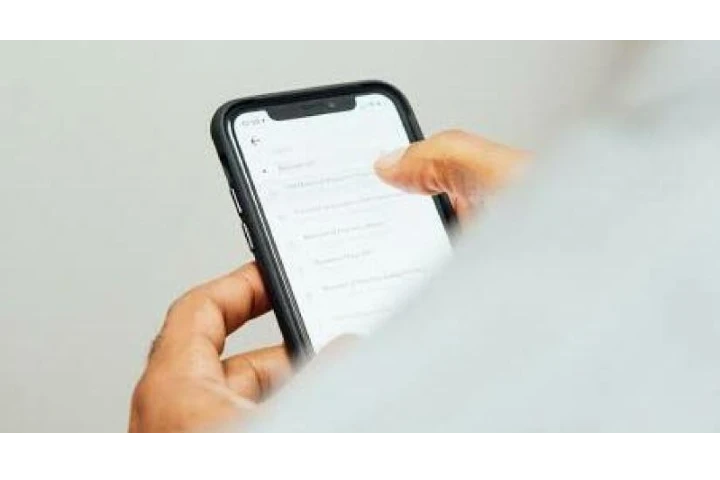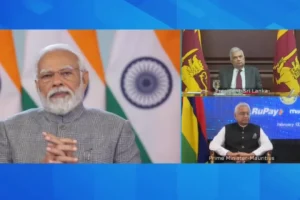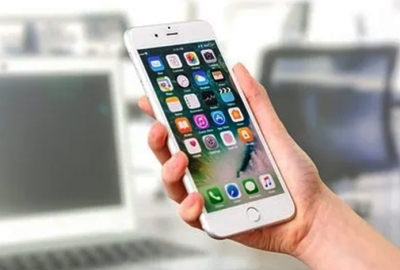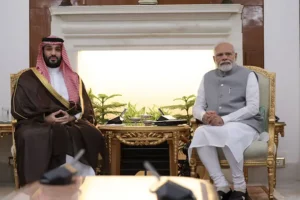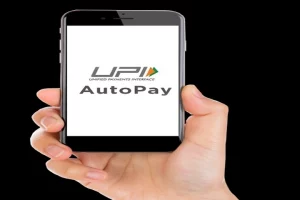India, which is driving the global digital economy, has already clocked about 70 billion digital payment transactions in 2022—the highest in the world. This is a sharp increase from the corresponding figure of 44 billion in 2021, according to data collation portal Statista. On an average India has also been registering 280 million digital transactions a day.
While Companies like Paytm and Google Pay pioneered digital payments in India, the Unified Payments Interface, an instant real-time payment system introduced by National Payments Corporation of India (NPCI) has been a game changer.
Several countries including France, UAE, Saudi Arabia, Bahrain, Singapore, Maldives, Bhutan, and Oman have already embraced different forms of Indian payment systems implying that payments through UPI, RuPay or other Indian payment gateways will be accepted in these economies. Nepal was the first country to accept payment through UPI.
In September, global payments major TerraPay announced its partnership with NIPL to push cross-border payment solutions.
Digital transactions have been steadily rising in India. In 2018, the total number was 14.59 billion while in 2020, the year that was marked by Covid restrictions, the number was 34 billion.
Starting from your local vegetable vendor to an upmarket store at a mall, you can complete your payment seamlessly today without carrying any cash.
Sources said that expansion of digitisation would be one of the thrust areas for India, which is now gearing up to assume the one-year presidency for Group of 20 (G20) countries in December.
A research by NPCI and People Research on India’s Consumer Economy showed that one-third of Indian households are now using digital payments in one way or another.
The number is set to rise exponentially with the increase in penetration of mobile phones and with 5G now set to roll-out the access to Internet and deployment of Internet of Things will receive a major boost. This will also enable new reach and new means of digital payments and their acceptance, a government blog said.
However, an analyst dealing with digital payments said that India must also tighten security measures.
“This is an ongoing process and as of now we have a sound system in place to protect the consumer but we need to understand that these need to be continuously monitored and altered to keep pace with digitalisation and cyber norms,” an analyst dealing with digital money told India Narrative.
The World Bank noted that about 36 per cent of adults in developing economies now receive a wage or government payment, a payment for the sale of agricultural products, or a domestic remittance payment into an account.
Also read: PM Modi to launch 75 digital banking units today in big boost to financial inclusion






